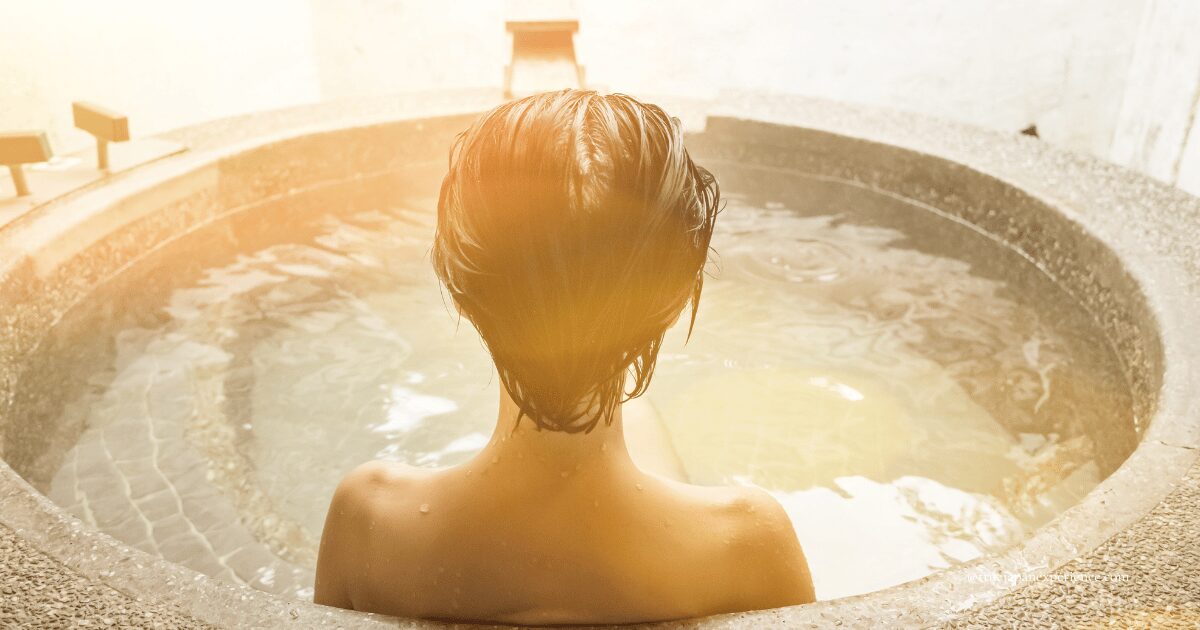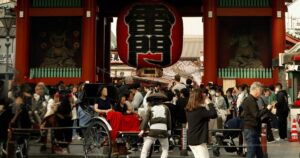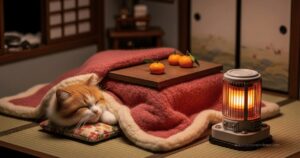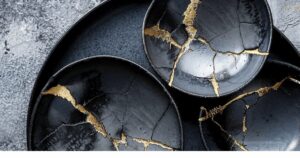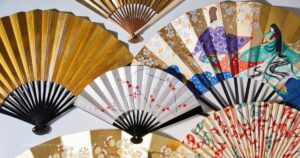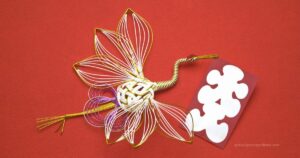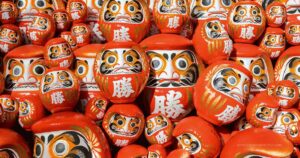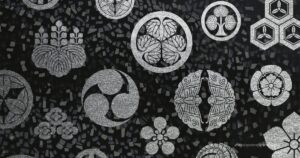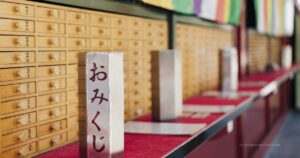Japanese hot springs are one of the most relaxing and special parts of Japanese culture.
They’re not just warm baths — they’re natural gifts from deep underground.
But let’s be honest. The idea of taking a bath naked with strangers sounds kind of scary, right? And all those rules about towels, washing, and manners? It can feel a bit too much at first.
That’s why this guide is here — to help you understand what hot springs really are, how to enjoy them, and why so many people fall in love with the onsen experience.
If you feel shy or unsure, don’t worry. We’ll walk you through it, step by step.
What is a hot spring in Japan?
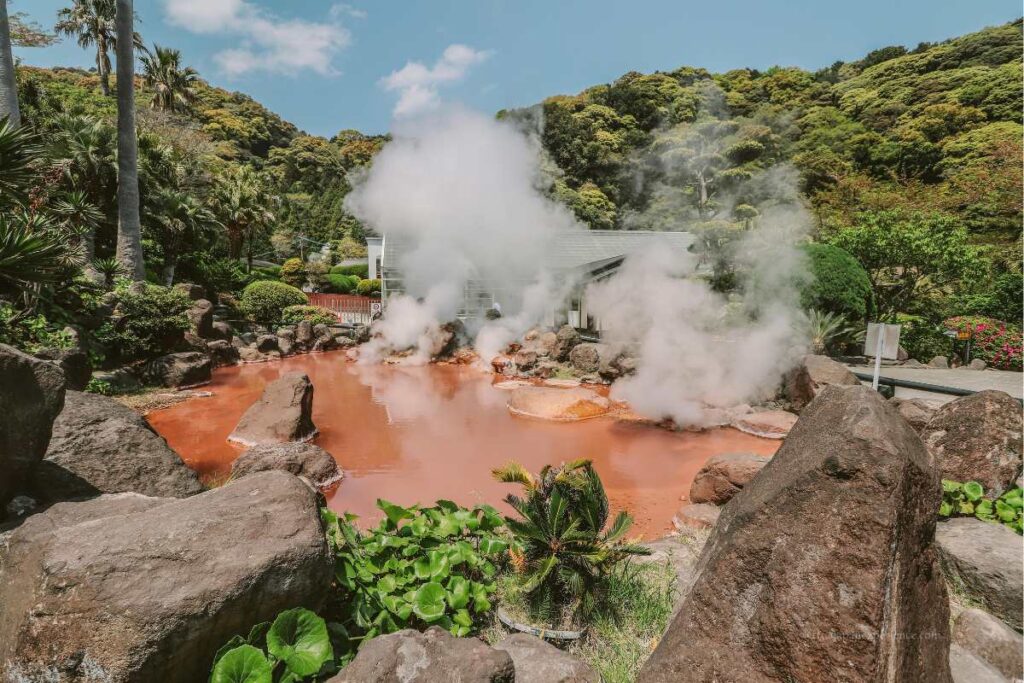
In Japan, a hot spring, or “onsen,” is natural water coming from underground.
The law says this water must be warm enough or have certain minerals or gases to be called a hot spring.
This means not all warm water is an onsen; the water must be special, either being above 25°C when it comes out or having enough minerals even if it is cooler.
Sometimes, even steam or gas with these minerals counts as onsen.
Because of this law, hot springs in Japan are carefully checked and protected.
How do Japanese hot springs keep clean?
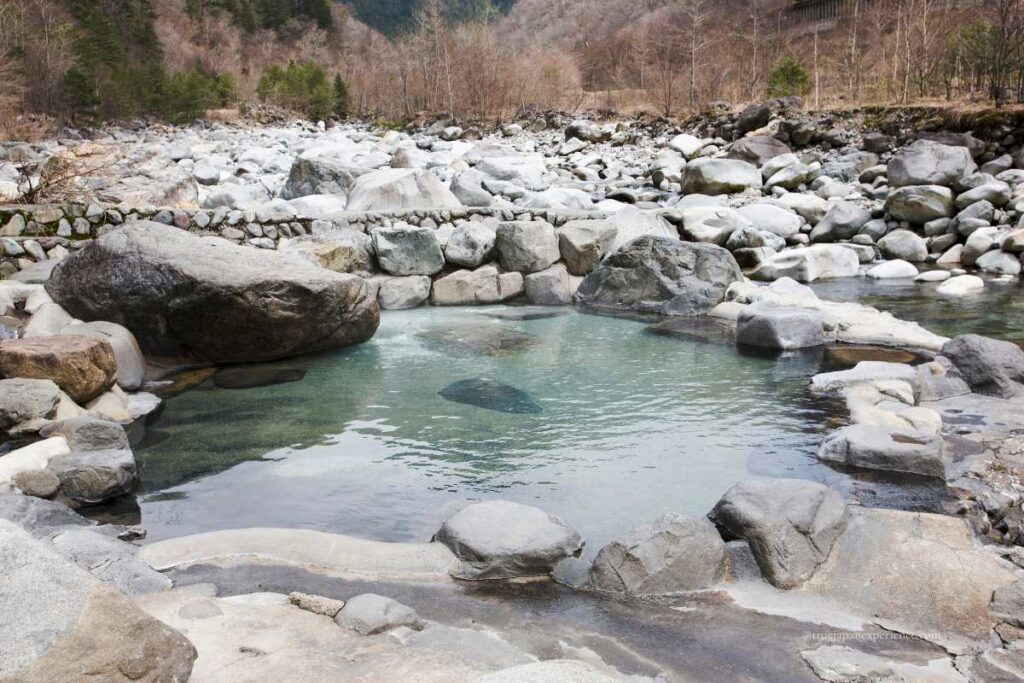
Keeping the baths clean and safe is very important in Japan.
Hot spring places clean their baths every day, changing or filtering the water regularly. They also test the water often to make sure it is healthy for the visitors.
When water is added or heated, the facility must tell people clearly. Visitors also need to follow the rules, such as washing themselves before entering, being quiet, and not swimming or jumping in the water.
Using phones or taking photos inside the bath is not allowed to respect others’ privacy.
Different types of hot springs and their feeling
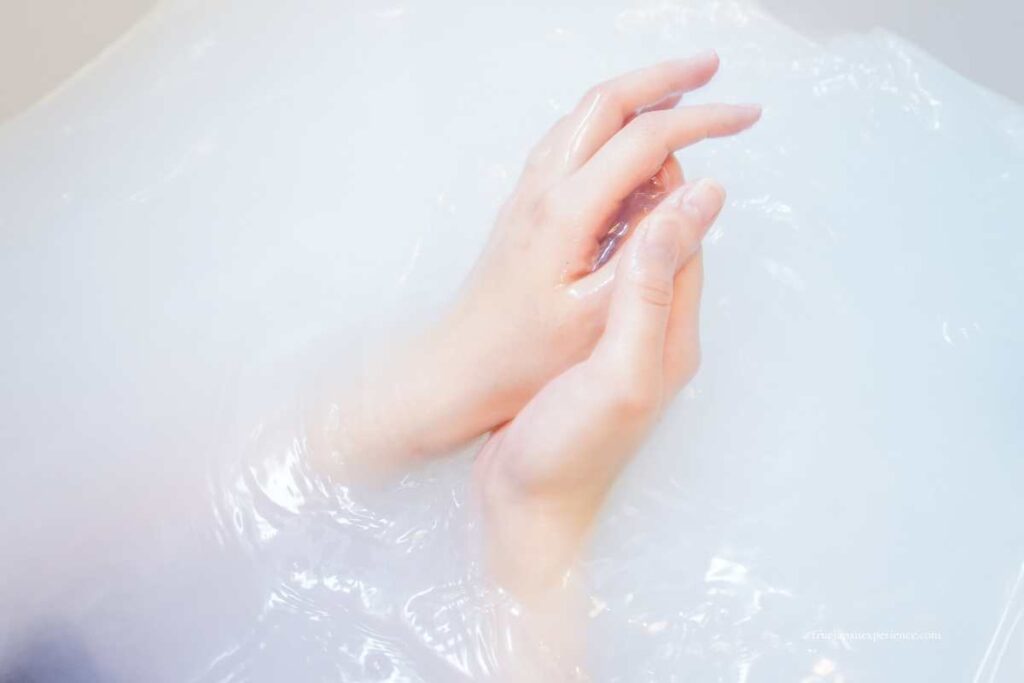
There are many kinds of hot springs in Japan, each with different minerals that give the water a unique feel and health effect.
For example, some springs have soft, gentle water that is good for most people.
Others might have bubbles that tickle your skin or a smooth, slippery feeling caused by minerals that make your skin feel nice, like a natural lotion.
Some springs even have a strong smell, like sulfur, which shows the water’s power to heal.
History and culture of Japanese hot springs
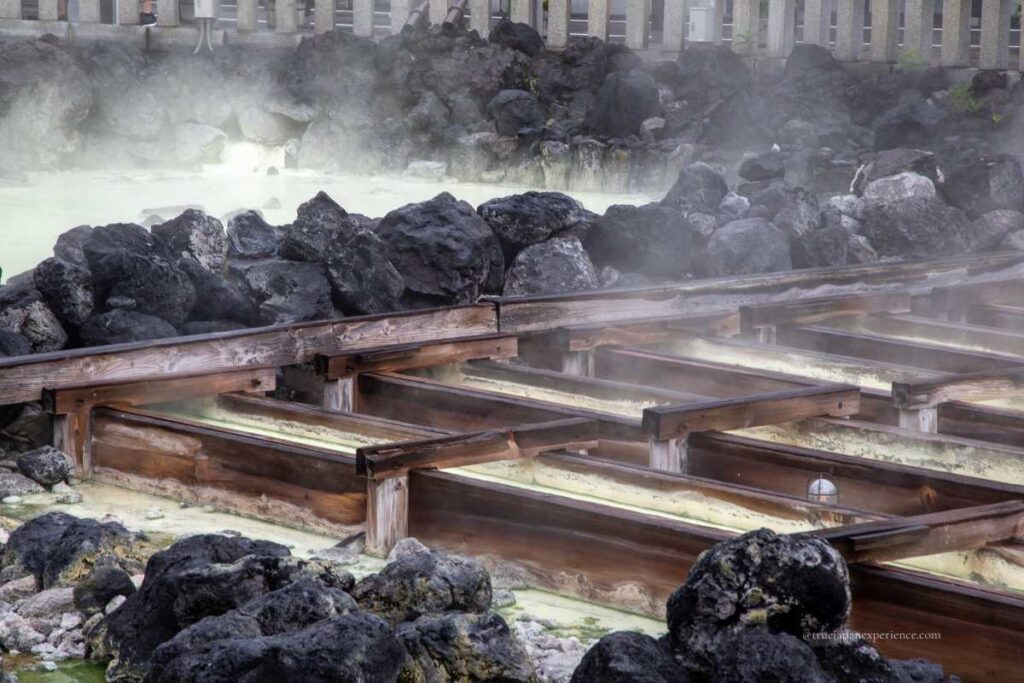
Hot springs in Japan have been loved for a very long time.
People once thought of them as gifts from gods.
Temples near hot springs show the strong link with religion and healing.
Long ago, monks used hot springs to help their health.
While people once wore clothes in hot springs, today it is normal to enter naked to enjoy the water fully.
In the past, men and women bathed together, but from the Edo period, laws began to separate baths by gender.
Still today, some mixed baths exist in certain places.
Onsen Etiquette: Important Manners When You Take a Bath in Japan
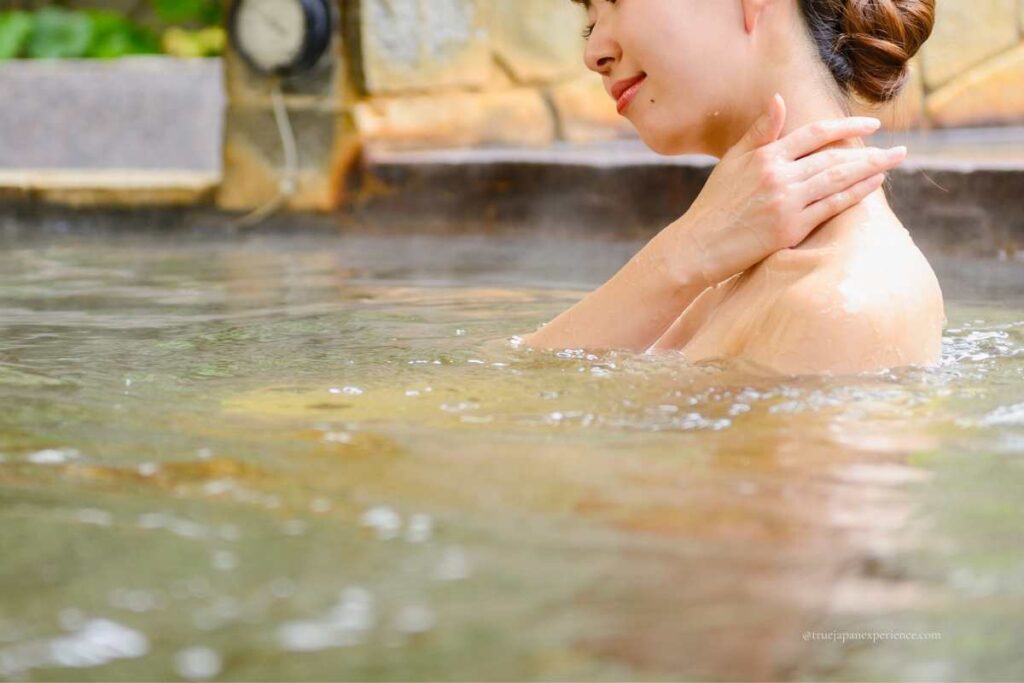
Foreign visitors often wonder about the rules.
The main thing is that you should enter the bath naked — swimsuits are not allowed.
Before getting in, everyone must clean their bodies well with soap and rinse off, but washing while in the bath is not allowed.
Small towels can be used to cover yourself when you walk, but you never put the towel in the water.
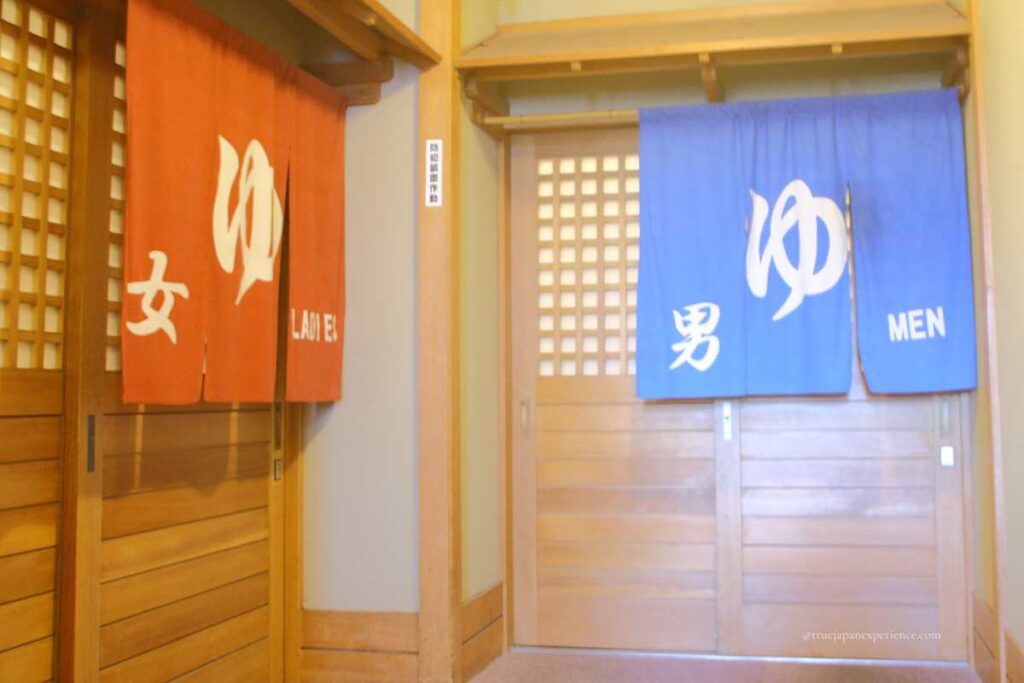
Signs usually show which bath is for men and which is for women, often with blue and red colors.
Many baths do not allow people with tattoos, so it’s good to check before visiting.
Inside the bath, people speak quietly and avoid running or playing. Swimming and jumping are forbidden since it is not a pool.
Photos or videos in the bath are banned to keep privacy.
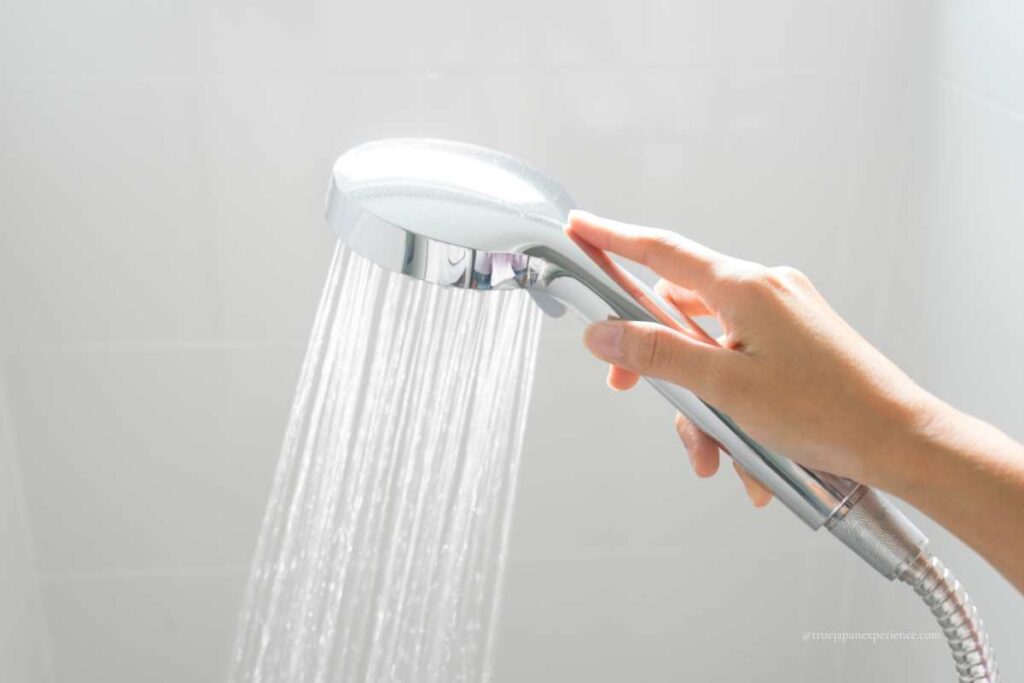
Also, after using a stool or bucket, rinse it with the shower and put it back neatly. This helps keep the bath area clean for the next person.
These days, more and more hot spring places show videos near the entrance or in the changing room. The videos explain how to take a bath the Japanese way, step by step, and they are made for foreign visitors.
So even if it’s your first time, you don’t have to worry — just follow the video and enjoy your onsen time!
First-Time Onsen Stories Shared by Foreign Travelers
Many foreign visitors post their thoughts about Japanese hot springs on social media and travel sites.
Here are some short and honest reviews that show how people really feel after trying an onsen:
“I was so shy to get naked for the first time… but once I got in, it felt super relaxing!” – Instagram
“Morning bath in Kusatsu was the best. So quiet, with nature all around. I felt calm and fresh.” – X (formerly Twitter)
“The water felt so smooth and slippery. I couldn’t stop touching my skin — it was like natural skincare!” – Facebook
These simple posts show how hot springs can surprise and delight people, even if they feel unsure at first.
Real voices like these can help first-time visitors feel more confident and excited to try an onsen themselves.
Gentle Onsen Experiences for First-Time Visitors Who Feel Shy
If you want to try a hot spring but still feel shy, that’s totally okay. There are many ways to enjoy onsen without feeling nervous.
In this section, we’ll show you some easy and relaxing options that are perfect for first-time visitors.
Try a Private Onsen or Family Bath
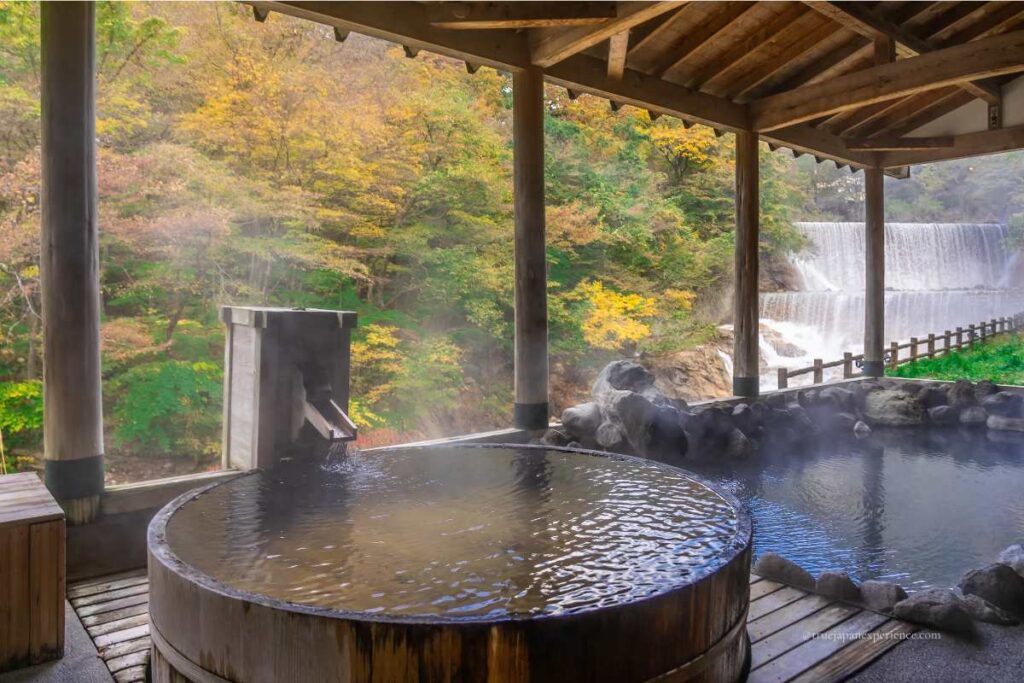
Some places have private hot springs that you can rent by the hour.
You can use them alone, as a couple, or with your family or friends. No one else will be there, so you don’t have to worry about other people.
You can relax in your own space — some baths are even outdoors with a nice view!
Stay at a Hotel with a Private Bath in Your Room
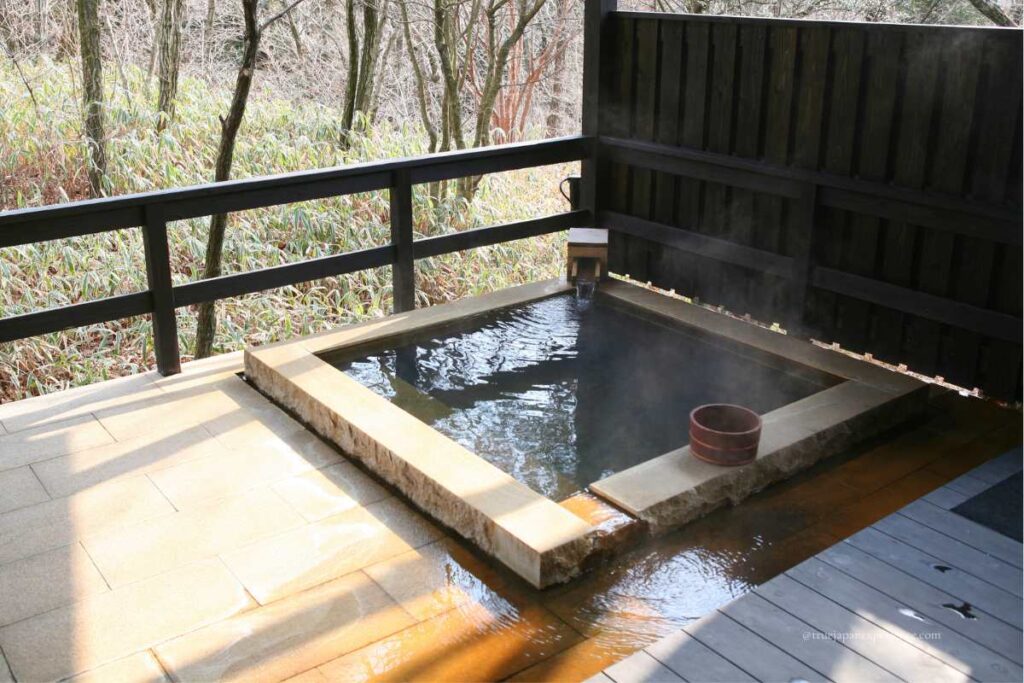
Some ryokan (Japanese inns) offer rooms with a small private hot spring bath.
These rooms are perfect if you want to enjoy an onsen in a quiet and personal space. Some even have open-air baths with beautiful views of mountains or gardens.
They are not common, and they usually cost more than regular rooms.
But if you want a special and relaxing experience, it can be worth it.
Go Early in the Morning or Late at Night
Public baths are often quiet early in the morning or late at night.
If you go during these times, you may have the bath almost all to yourself. It’s peaceful, and you can enjoy the water without crowds.
Many visitors say a morning onsen helps them start the day feeling fresh and calm.
Just check the opening hours before you go, as they can be different at each place.
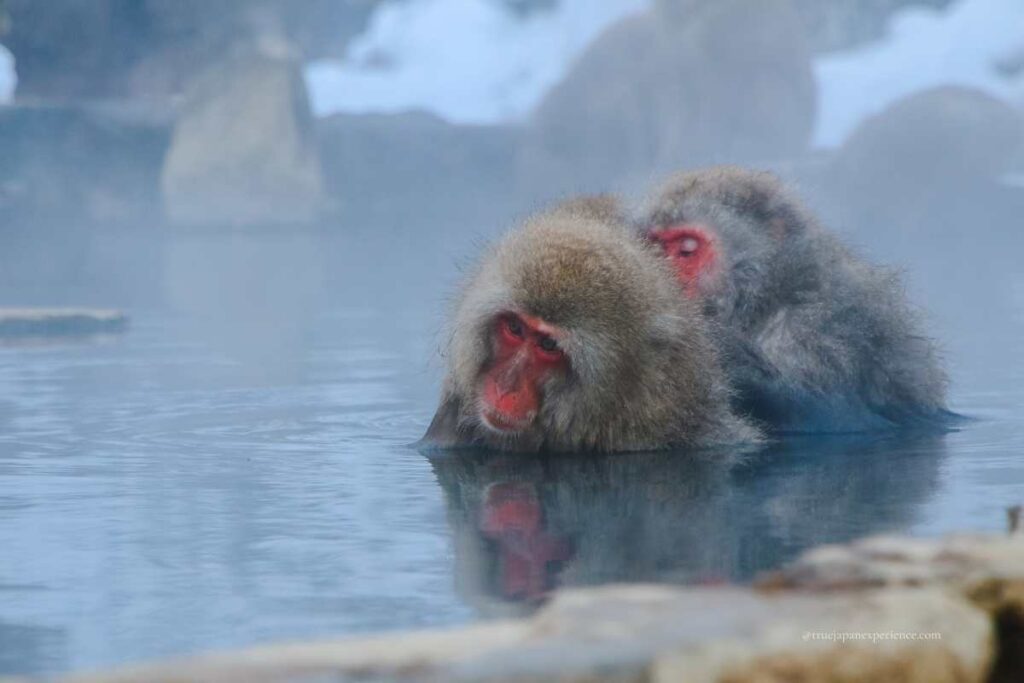
Japan is often called a “hot spring paradise,” and for good reason — there are many types of onsen all across the country. From quiet mountain retreats to seaside baths with amazing views, each place has something special.
Now that you know the basics, why not start planning which hot spring to visit first?
Whether you go for a private bath, a local public onsen, or a famous hot spring town, there’s a perfect onsen waiting for you.
Take your time, relax, and enjoy this unique part of Japanese culture!
In Japan, most hot springs do not allow people with tattoos. But don’t worry. In Tokyo, there are a few rare public bathhouses that are tattoo-friendly.
This special tour takes you to those places, so you can enjoy the relaxing bath culture without stress.
👉 Join a Tattoo-Friendly Bathhouse Tour in Tokyo
Want to enjoy more of traditional Japanese culture?
Wearing a kimono is another great way to feel the beauty of Japan.
Check out our guide on how to try a kimono rental and what it means.
